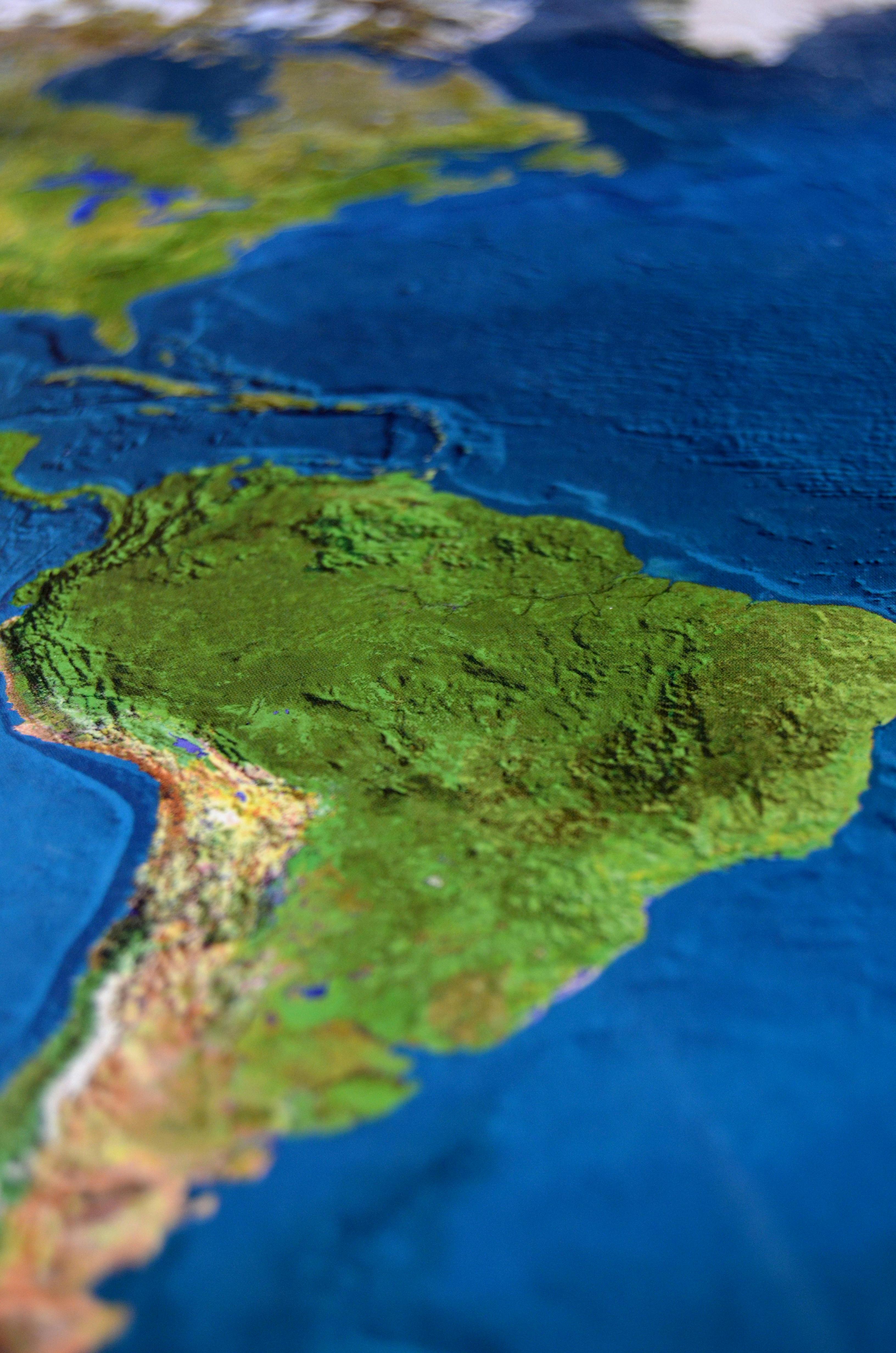
Image Source: Pexels
Geography is a fascinating subject that explores the physical features of our planet, including its terrains and landscapes. One key concept in geography is the concept of territory, which refers to a defined area of land or water that is governed by a particular group or country. Understanding the concept of territory is essential for understanding the world around us and the relationships between different nations and communities.
Definition of a territory in geography
In geography, a territory is a defined area of land or water that is governed by a particular group or country. It can be a natural, political, or cultural area. Territories can range in size from a small island to a large continent. They can also be inhabited or uninhabited. The concept of territory is important in international relations because it defines the boundaries of a nation and the areas over which it has jurisdiction.
Types of territories – natural, political, and cultural
There are three main types of territories in geography: natural, political, and cultural.
Characteristics of natural territories
Natural territories are areas of land or water that are defined by their physical features, such as mountains, deserts, and oceans. They are not governed by any particular group or country but are subject to the laws of nature. Natural territories can be difficult to inhabit or traverse, but they are also home to a wide variety of flora and fauna.
Examples of natural territories – mountains, deserts, and oceans
Mountains are one example of a natural territory. They are defined by their height, steepness, and ruggedness, and are often difficult to climb or traverse. They are also home to a variety of plant and animal species that have adapted to living in extreme conditions.
Deserts are another example of a natural territory. They are defined by their lack of rainfall and vegetation, and are often hot and arid. Deserts can be difficult to traverse, but they are also home to a variety of unique species that have adapted to living in harsh conditions.
Oceans are the largest natural territories on Earth. They cover over 70% of the planet’s surface and are home to a vast array of marine life. However, they are also difficult to explore and access due to their depth and the harsh conditions at the bottom.
Characteristics of political territories
Political territories are areas of land or water that are defined by the laws and regulations of a particular country or group. They are governed by a political authority, such as a government or a ruling body. Political territories can be small or large and are often defined by established boundaries or borders.
Examples of political territories – countries, states, and provinces
Countries are the most common example of a political territory. They are defined by their political authority, such as a government or a ruling body. Countries can be small or large and are often defined by established borders or boundaries.
States and provinces are smaller political territories within a country. They are often defined by their own governments or ruling bodies and have their own laws and regulations. States and provinces can range in size from a small city to a large region.
Characteristics of cultural territories
Cultural territories are areas of land or water that are defined by their cultural characteristics, such as language, religion, or ethnicity. They are often defined by the traditions and beliefs of a particular group of people. Cultural territories can be small or large and can be found within or across political boundaries.
Examples of cultural territories – language, religion, and ethnicity
Language is one example of a cultural territory. It is defined by the language or languages spoken by a particular group of people. Language can be a unifying force within a cultural territory, but it can also create barriers between different groups.
Religion is another example of a cultural territory. It is defined by the religious beliefs and practices of a particular group of people. Religion can be a unifying force within a cultural territory, but it can also create tensions between different groups.
Ethnicity is also a cultural territory. It is defined by the cultural characteristics, such as language, religion, and traditions, of a particular group of people. Ethnicity can be a unifying force within a cultural territory, but it can also create tensions between different groups.
Interactions between different types of territories
The different types of territories in geography are not mutually exclusive. They can interact and overlap with each other in various ways. For example, a political territory can contain natural and cultural territories within its borders. A cultural territory can span multiple political boundaries or even cross over into multiple natural territories.
These interactions can create both opportunities and challenges for the people and governments involved. They can also lead to conflicts and tensions if the different groups involved have competing interests or beliefs.
Conclusion
Territory is a fundamental concept in geography that helps us understand the physical and cultural features of our planet. By understanding the different types of territories and how they interact with each other, we can gain a deeper appreciation for the complexity of the world around us. Whether you are a student of geography or simply curious about the world, this article provides an informative and engaging overview of the concept of territory.


